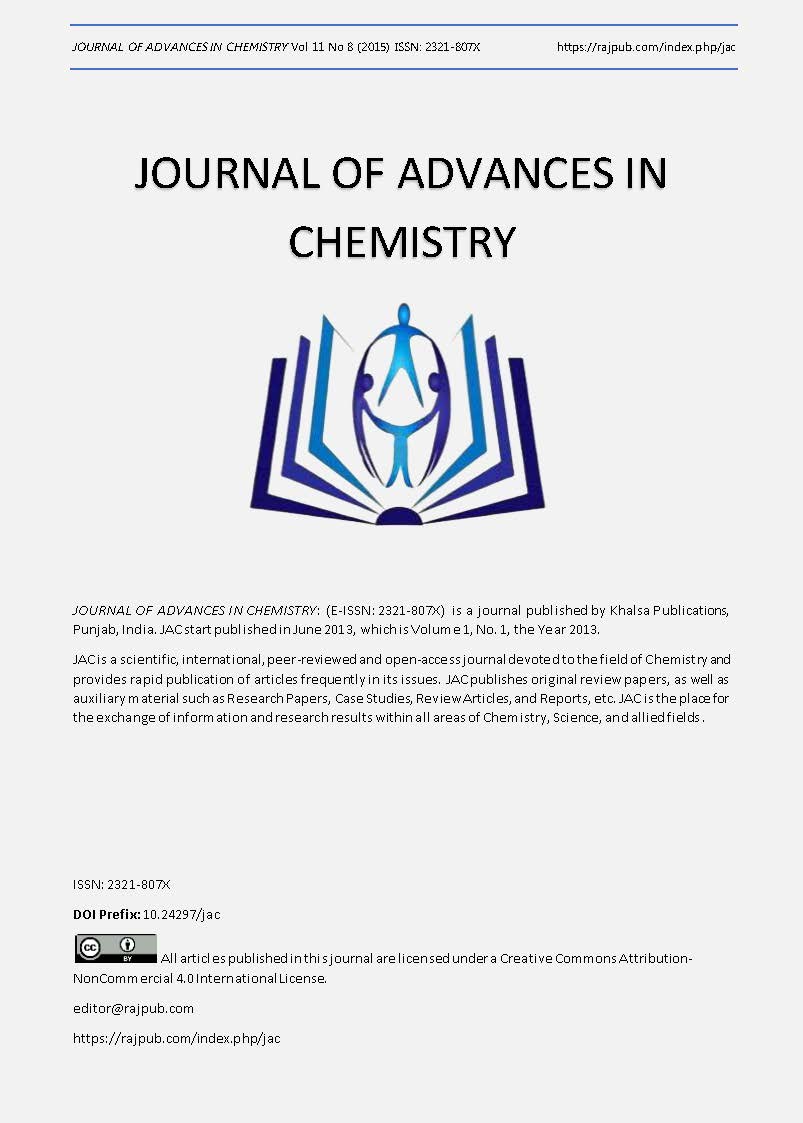Sonochemical Synthesis of Nano-Structured Hydroxyapatite with unique morphologies and Evaluation of Sintering Kinetics
DOI:
https://doi.org/10.24297/jac.v11i8.2186Keywords:
Hydroxyapatite, Nanorods, Sonochemical synthesis, X-ray diffraction, Activation energy.Abstract
Phase pure hydroxyapatite (HAp) (Ca10(PO4)6(OH)2) ceramic powder was synthesized from the stoichiometric solution of calcium hydroxide and orthophosphoric acid employing  sonochemical technique. Crystallinity of the HAp powder is found to be a strong function of amplitude of the ultrasound generator as revealed by XRD patterns and FTIR recorded on the samples prepared using varying amplitudes. Calcination of HAp powder beyond 700°C has resulted in the initiation of sintering as is evident from dilatometric studies and are complimented by the SEM micrographs. Activation energy of sintering of hydroxyapatite pellets using dilatometric sintering kinetic analysis has estimated to be 668±45kJ/mole corresponding to grain boundary diffusion as the prominent mass transport mechanism. Samples exhibited a density of 3.12g/cm3, close to theoretical density (~ 99 %) at the peak temperature of 1200°C. Studies on AC conductivity of the sintered samples exhibited relatively high room temperature conductivity of 5.07x10-8 S/m and a rising trend with temperature probably due to mobility of H+ and OH- ions. Attempts were also made to produce HAp nanorods sonochemically on the ordinary glass substrates immersed in the stoichiometric HAp precursor solution. Surface topographic images of the HAp deposited on glass substrate exhibited nanorods almost individually separated with an average diameter of 50 nm and 200 nm in length providing a process for synthesizing nano-structured HAp with simultaneous deposition exhibiting unique morphologies.
Downloads
Downloads
Published
How to Cite
Issue
Section
License
 All articles published in Journal of Advances in Linguistics are licensed under a Creative Commons Attribution 4.0 International License.
All articles published in Journal of Advances in Linguistics are licensed under a Creative Commons Attribution 4.0 International License.




